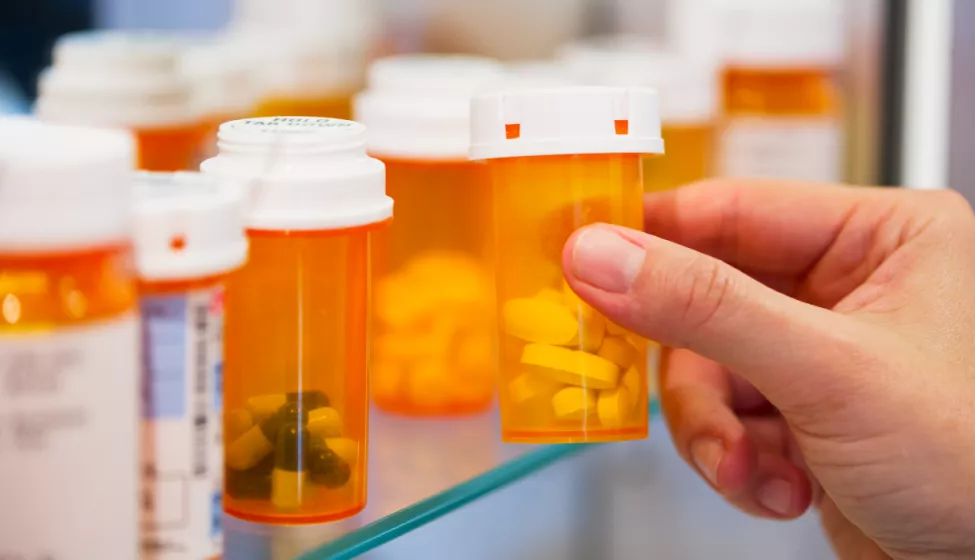May 5, 2023

Protect your medical device and pharmaceutical products with advanced detection and prevention methods
During the COVID-19 pandemic, authorities in 90 countries confiscated more than $14 million worth of counterfeit antiviral medications, face masks, and over-the-counter test kits through a global operation called Pangea XIII. In total, authorities around the globe confiscated 9 million units of illicit and counterfeit products.
While the pandemic is waning, the epidemic of counterfeit medical products continues to spread in 2023. Recently, the U.S. Department of State issued a public warning about counterfeit pharmaceuticals sold in Mexico that carry the risk of contamination, ineffectiveness, or dosing issues. News stories about counterfeit medical devices with fabricated serial numbers or inferior components resulting in performance failures, infection, and other adverse effects have also been on the rise.
By circumventing rigorous safety tests and clinical trials associated with regulatory review and approvals, counterfeit medical products have the potential to cause injury, disability, or death, posing a significant risk to patients, medical device manufacturers, and pharmaceutical companies. Removing counterfeit products from the market can be costly and difficult, and the reputational damage done by those products can be difficult to reverse.
Whose problem is it?
According to the World Health Organization, around 2 billion people worldwide lack access to necessary medical devices and pharmaceuticals, which has driven the demand for lower-cost products as well as increased the supply of counterfeit products. This is especially true for those in low- and middle-income countries, which spend an estimated $30.5 billion on substandard and counterfeit medicines, raising disease prevalence, wasting resources, and increasing out-of-pocket spending.
Complex global supply chains and e-commerce both help fuel the proliferation of counterfeit medical products.
Similarly, in developed markets, a growing number of counterfeit products are being sold through fraudulent online marketplaces. In 2021, North America had the most pharmaceutical counterfeiting incidents worldwide with 2,442, according to the Pharmaceutical Security Insititute.
Complex global supply chains and e-commerce both help fuel the proliferation of counterfeit medical products. Medical products are often manufactured in one country but packaged and distributed in other countries, making it easier for counterfeit medical devices and pharmaceuticals to infiltrate the supply chain. Meanwhile, on the demand side, online marketplaces make it easier than ever to purchase pharmaceuticals from unauthorized sources.
Is your product counterfeit?
On November 14, 2022, the Food and Drug Administration issued a guidance document to provide clarity regarding references to the terms "device" and "counterfeit device" and how they intend to interpret existing references to previous definitions of these terms in guidance, regulatory documents, communications, and other public documents:
"The term 'counterfeit device' means a device which, or the container, packaging, or labeling of which, without authorization, bears a trademark, trade name, or other identifying mark or imprint, or any likeness thereof, or is manufactured using a design, of a device manufacturer, processor, packer, or distributor other than the person or persons who in fact manufactured, processed, packed, or distributed such device and which thereby falsely purports or is represented to be the product of, or to have been packed or distributed by, such other device manufacturer, processor, packer, or distributor."
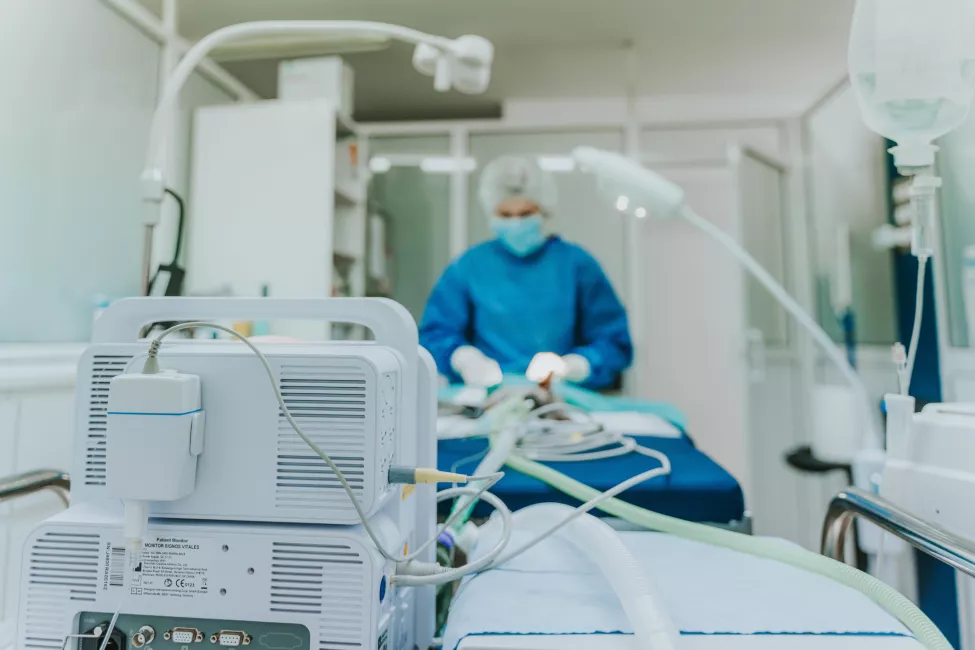
This guidance is important for the medical device industry because it clearly defines the landscape for what is considered a counterfeit device. Products that appear to be counterfeit are subject to refusal of admission into the U.S., and FDA has also been granted the authority to destroy certain products that are refused admission through the Safeguarding Therapeutics Act (2021; 116th Congress H.R. 5663).
For the pharmaceutical industry, FDA has implemented the Drug Supply Chain Security Act (DSCSA), which allows the electronic tracing of products at the "package level to identify and trace certain prescription drugs as they are distributed in the U.S." Through this effort, FDA aims to protect consumers and industry stakeholders not only from domestic counterfeit drugs but also from international counterfeits by electronically reviewing all imported shipments of FDA-regulated products.
Manufacturers and medical device and pharmaceutical companies can uncover counterfeits in some of the following ways:
- Using analytical methods (e.g., mass spectroscopy, high-performance liquid chromatography, etc.) to identify, separate, or quantify drug formulations for authentication
- Testing medical device components for authenticity and toxins
- Performing functional testing on suspected medical devices
- Examining finished goods for trace impurities and additive package differences
Vulnerable supply chains are the most common way counterfeit products enter the system.
Elucidating differences between suspected counterfeit devices or drugs and their genuine counterparts through testing can assist in removing counterfeit devices or medicines from the market. This can be done not only for the devices or medicines themselves but also for the raw materials and parts made by subcontractors in manufacturing the final products, as well as any packaging or other product materials.
Protecting your "real deal"
Vulnerable supply chains are the most common way counterfeit products enter the system. To help prevent the spread of counterfeit products, stakeholders in the medical device and pharmaceutical industries can identify gaps throughout their supply chains to determine where vulnerabilities lie and then devise cost-effective prevention methods that won't slow production.
Common anti-counterfeiting methods for medical devices include:
- Tamper-evidence packaging
- Microparticles carrying digital information used to identify, trace, and authenticate products added to packaging, labels, or the devices themselves
- Customized identification markers using DNA that's incorporated into packaging and the material
- 2-D barcodes, holograms, and UV identification codes with customized serialization
- QR codes for tracking and tracing throughout the supply chain
- Unique electronic circuit signatures embedded during the manufacturing stage
For detecting counterfeit pharmaceutical products, similar methods can be used. However, because many counterfeit drugs are sold online, monitoring websites through technology such as web crawlers with customized parameters is also an important tool against fraudulent products. Other techniques include radio frequency identification, chromatography, and chemical fingerprinting. In the future, blockchain technology that ensures data cannot be altered without network permission may be more widely used to authenticate medical products and identify supply chain irregularities.
Greater scrutiny through cloud-based tracking and encryption technologies will increase visibility across the internet and supply chains, reducing the prevalence of counterfeiting and ensuring that patients receive safe and effective medical products.
What Can We Help You Solve?
Exponent can help determine whether a medical product is counterfeit through scientific and engineering analysis. Our team analyzes drug formulations, medical device components, and finished goods for trace impurities and additive package differences, in addition to performing functional testing on the suspected devices.
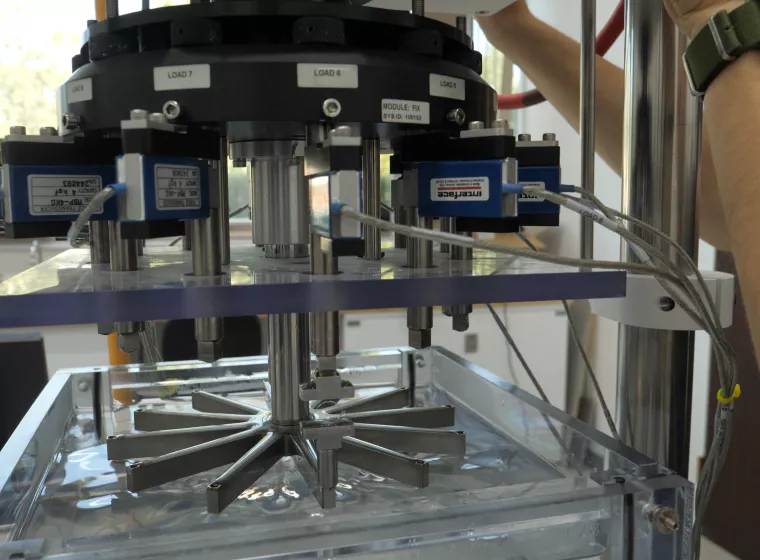
Medical Device Evaluation
Sophisticated medical device evaluations for a vast array of applications.
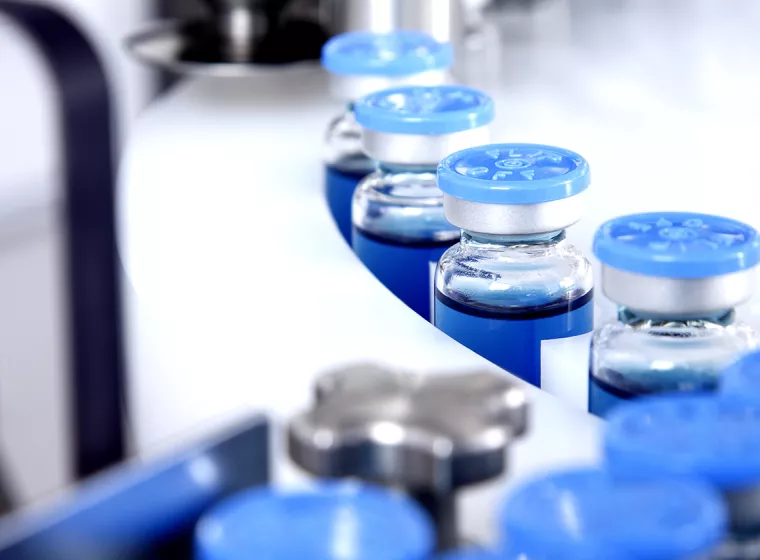
Pharmaceuticals: Chemistry, Manufacturing & Controls
Evaluate next-generation pharmaceuticals with support for research, development, and formulation.
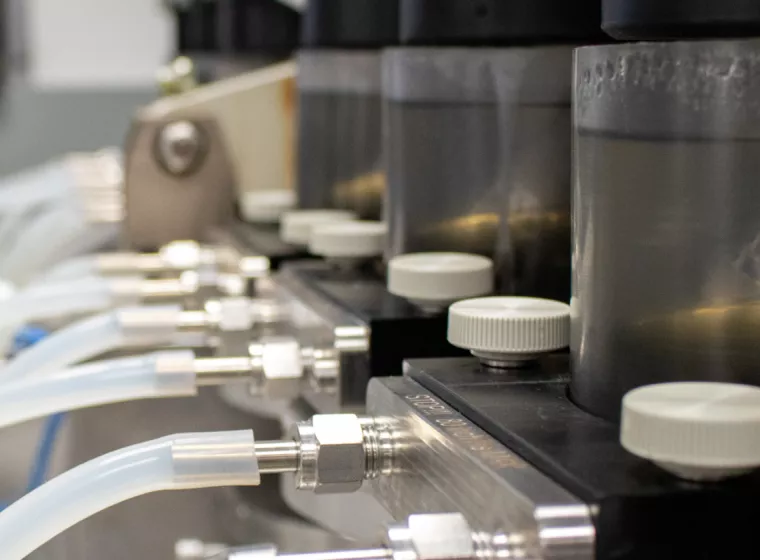
Biocompatibility & Biological Risk Assessment
Address biocompatibility challenges throughout the medical-device product lifecycle.
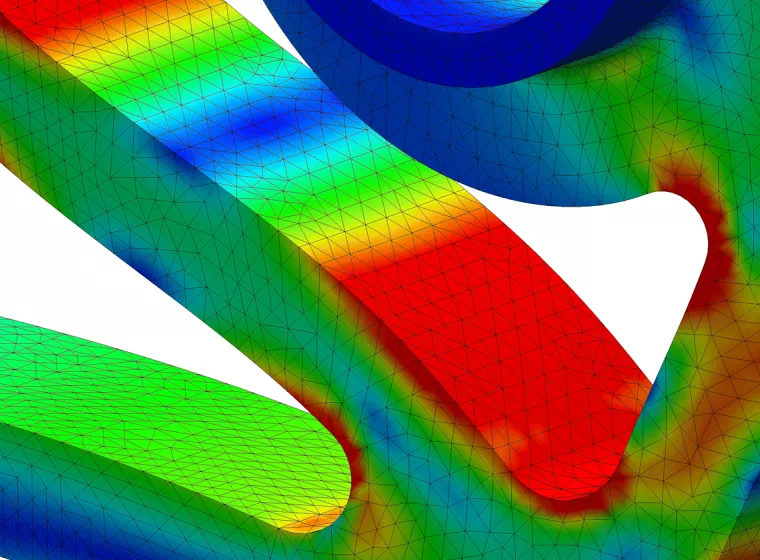
Finite Element Analysis for Medical Devices & Biomaterials
Expert finite element analysis for the challenges associated with medical device design, optimization, and interaction with hard and soft tissues.
![Fatigue & Corrosion [BES]](/sites/default/files/styles/cards_home_card/public/media/images/GettyImages-1299847302.jpg.webp?itok=IdP-KjOq)
Medical Device Corrosion
Fatigue and corrosion testing and material analysis of medical devices and surgical implants.

Regulatory Compliance for Medical Products
Experienced regulatory support for medical devices, pharmaceuticals, and combination products.
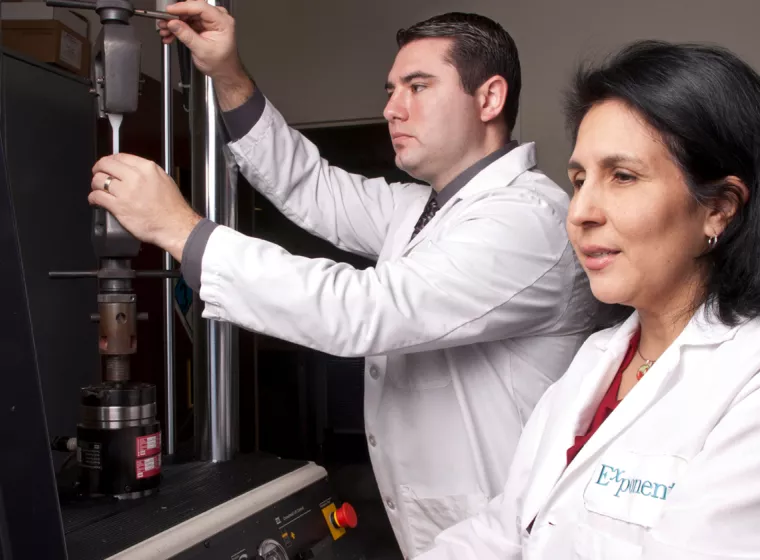
Medical Device Design & Development Support
Crucial medical device design and development analyses to empower your decision-making.
